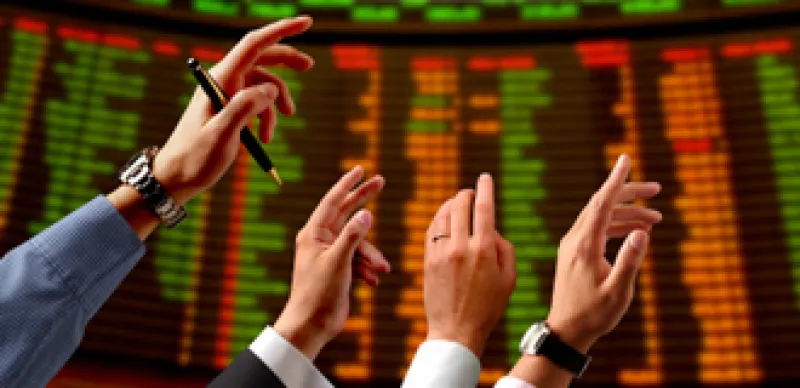Are you still wary of equity markets — even more than six months since the “Flash Crash” last May? If your answer is yes, you are in good company. Buy-side firms, still smarting from last year’s market volatility, plan to spend more time and money this year to figure out new ways to remove trading inefficiencies, according to a recent buy-side trading study released by the TABB Group.
Research for the TABB Group’s sixth annual benchmark study, Institutional Equity Trading 2010/11: Outflows, Outrage and Balance, was conducted in September and October 2010 with 68 head traders of U.S.-based equity buy-side trading desks that manage an aggregate $12.9 trillion in assets. While worries about high-frequency trading loomed large last year, in 2011 traders expect to focus on monitoring orders, putting in place tighter controls and evaluating transaction cost analysis.
U.S. equity market structure was especially brought into sharp relief in 2010 as institutional investors dealt with market fragmentation and high-frequency trading, sidestepping manipulative practices. Buy-side respondents said they are hand-crafting execution strategies and hunting down liquidity, as well as discovering ways to reduce inefficiencies and incorporate real-time trade performance measurement into the trading process.
For buy-side desks, it all boils down to liquidity access — what promotes it and what severely diminishes it. And nothing so disturbed that access as the market’s May 6 “Flash Crash,” which temporarily wiped out more than a half trillion dollars in equity value. “The word ‘Outrage’ in the report’s title refers to respondents reactions to the ‘Flash Crash,’” says Matt Simon, senior analyst at the TABB Group and the study’s author. “They were upset about how equity flows and is perceived by the market and the industry. High-frequency trading models and their venues were not efficient. They showed structural inequities. The models pay for liquidity, encourage more volume, but there clearly wasn’t enough liquidity.”
Not surprisingly, trading volumes and fees are down as alternative trading venues have proliferated. The report shows overall volumes lower, but in April, May and June 2010 they were double what they were over the remainder of the year. TABB Group expects to see an increase in equity trading this year. “Respondents’ renewed optimism — they’re expecting a rebound in long-only asset management — and more upbeat market conditions contribute to our forecast,” the study notes.
Money is funneling into passive investing to generate alpha — ETFs and index funds — and thus the word “Outflows” in the study’s title. And it affects commissions as well. “This is a definite issue,” Simon notes, and leads to the word “Balance” — finding balance is tricky.
All of this translates to efficient buy-side trading desks, according to Simon. “What’s interesting is how few traders are on the desk. There’s been so much consolidation due to electronic trading that hundreds of billions of dollars are being moved by just two or three people trading, although there are still 30 to 50 portfolio managers.”






